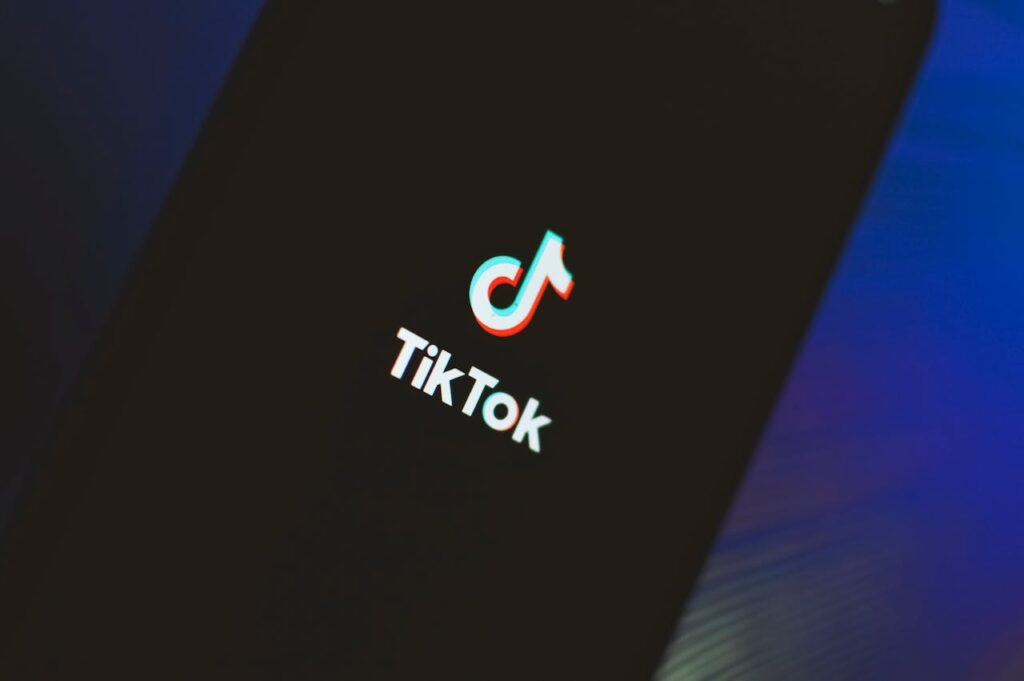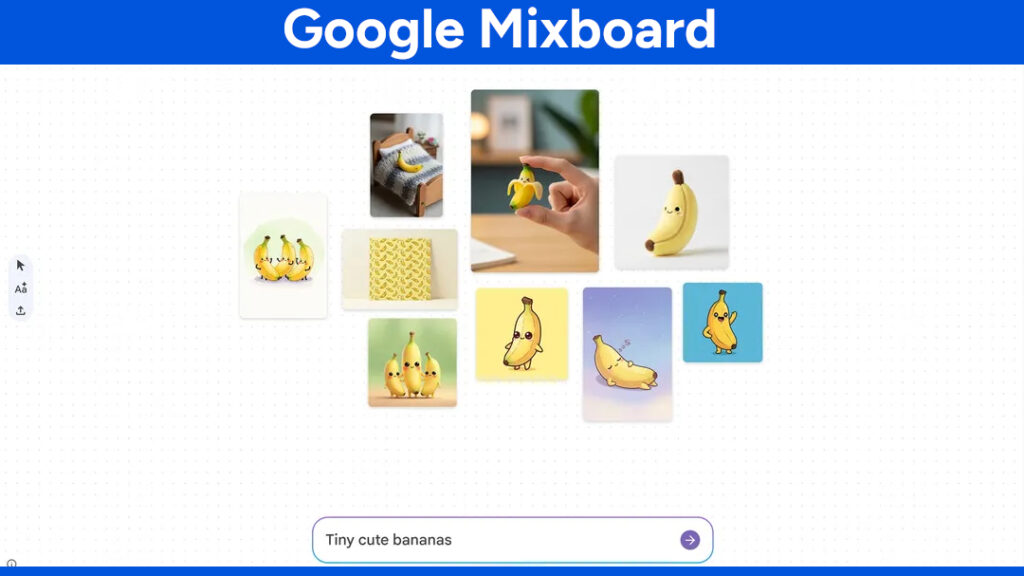How to Protect Teens from TikTok Negative Effects
Recent court documents reveal that TikTok executives are aware of the harmful effects the app has on teens. TikTok, the popular video-sharing app, has been under scrutiny for its impact on mental health and the compulsive nature of its usage, especially among younger audiences.

Multiple lawsuits claim that TikTok’s design promotes addictive behavior and mental health issues in teens. Understanding these risks can help protect children from harmful exposure.
TikTok’s Harmful Effects on Teens
Internal research shows TikTok’s compulsive usage directly correlates with various negative mental health effects.
These include decreased analytical skills, poor memory formation, reduced contextual thinking, and lack of empathy. Teen users also experience increased anxiety.
Teens tend to lose focus on important aspects of their lives such as schoolwork, sleep, and even personal relationships.
TikTok usage interferes with responsibilities and well-being by encouraging prolonged screen time.
Ineffective Time Management Tools
TikTok offers a time-management tool aimed at limiting app usage. The default setting limits screen time to 60 minutes per day. However, internal reports show that teens still use the app for an average of 107 minutes daily, even with the tool enabled.
This shows that the tool is ineffective, reducing usage by only 1.5 minutes compared to the average time spent on the app before the tool’s release.
TikTok’s focus with this feature was not on reducing screen time but improving public trust. The tool’s effectiveness was measured by the media coverage it generated, not by its impact on reducing teen usage.
The Impact of Filter Bubbles
Filter bubbles are another concerning aspect of TikTok’s design. The algorithm pushes users into content silos based on their viewing habits. Internal documents show that TikTok employees studied the impact of filter bubbles, finding that users can quickly spiral into negative content, such as videos promoting sadness or disordered eating (e.g., “painhub” or “thinspiration” content).
Within 30 minutes of continuous use, the algorithm places users into these bubbles, exposing them to potentially harmful content. This can increase negative emotions, reinforce unhealthy behaviors, and worsen mental health issues.
Moderation and Harmful Content
TikTok faces significant challenges in moderating inappropriate content. Internal investigations revealed that underage girls were receiving gifts and coins in exchange for live stripping.
Moderators are instructed not to remove accounts reported to be under 13 years old unless the user openly admits to being underage.
Furthermore, TikTok’s moderation system fails to block content that violates community guidelines, including videos that glorify minor sexual abuse, pedophilia, and physical abuse.
The platform struggles to enforce its own policies, leaving many teens exposed to harmful content.
Protecting Teens from TikTok’s Effects
To protect teens from TikTok’s harmful effects, several strategies can be implemented:
- Monitor Usage
Parents should keep track of the time spent on TikTok. Set device-based time limits in addition to the app’s built-in controls to ensure better screen time management. - Encourage Open Conversations
Have regular discussions about the types of content teens are consuming. Encourage critical thinking about what they watch and how it affects their mood or behavior. - Disable Notifications
Turn off TikTok notifications to prevent constant alerts that encourage more screen time. Reducing these prompts can help teens avoid compulsive usage. - Use Third-Party Monitoring Apps
Consider using apps designed to monitor and limit screen time across devices. These apps offer better controls than TikTok’s built-in time management tools. - Foster Healthy Online Habits
Encourage teens to balance their time on TikTok with other offline activities. Engaging in hobbies, physical activities, and social interactions outside the app can help reduce its grip.
The Lawsuits Against TikTok
In response to growing concerns, 14 U.S. attorneys general recently sued TikTok, accusing it of harming children’s mental health. The lawsuit states that TikTok was designed to foster addiction among young users. The platform is accused of using features and algorithms to trap teens into compulsive behavior, leading to negative outcomes.
Kentucky’s lawsuit specifically highlights TikTok’s acknowledgment of the app’s harm, based on internal research. The documents suggest that TikTok executives knowingly allowed these issues to persist, prioritizing public relations over user safety.
TikTok’s Response
TikTok’s spokesperson denied the allegations, claiming that the lawsuit cherry-picked quotes and misrepresented the company’s commitment to safety.
TikTok argues that it has introduced various safety features, such as screen time limits, family pairing options, and privacy settings for minors under 16.
Conclusion
TikTok’s own internal research acknowledges the app’s negative impact on teens’ mental health. The platform’s design fosters compulsive behavior, creates harmful filter bubbles, and exposes young users to inappropriate content.
While TikTok has implemented some safety measures, these tools have proven ineffective in reducing screen time and protecting teens from harmful effects. Parents, guardians, and teens themselves need to take additional steps to limit TikTok’s negative impact.
# Written by Elliyas Ahmed





